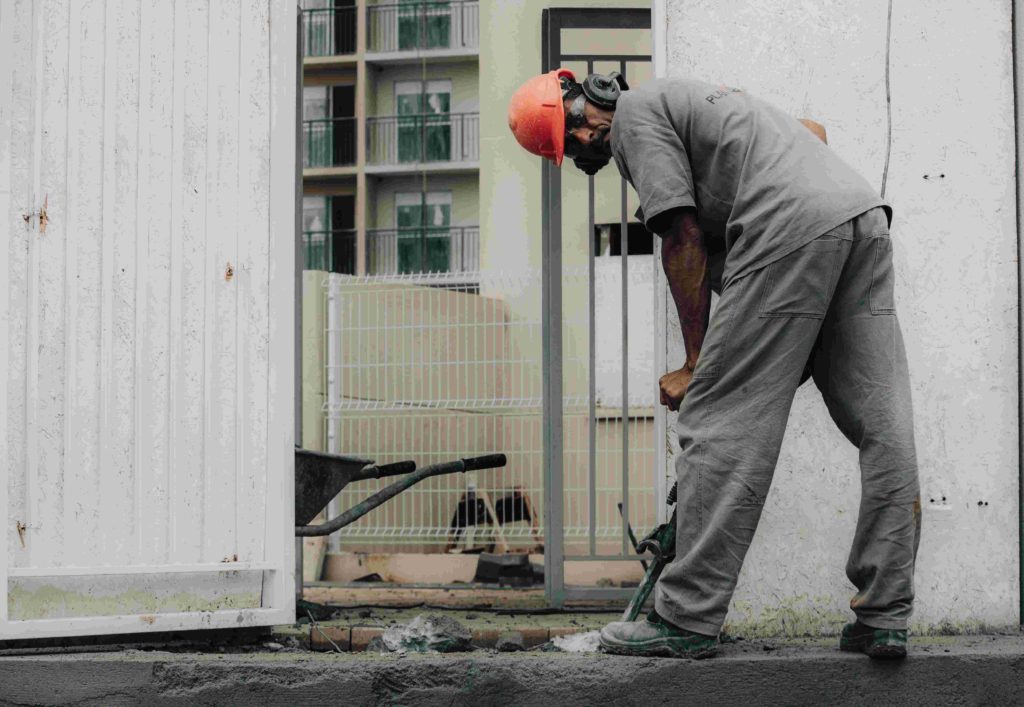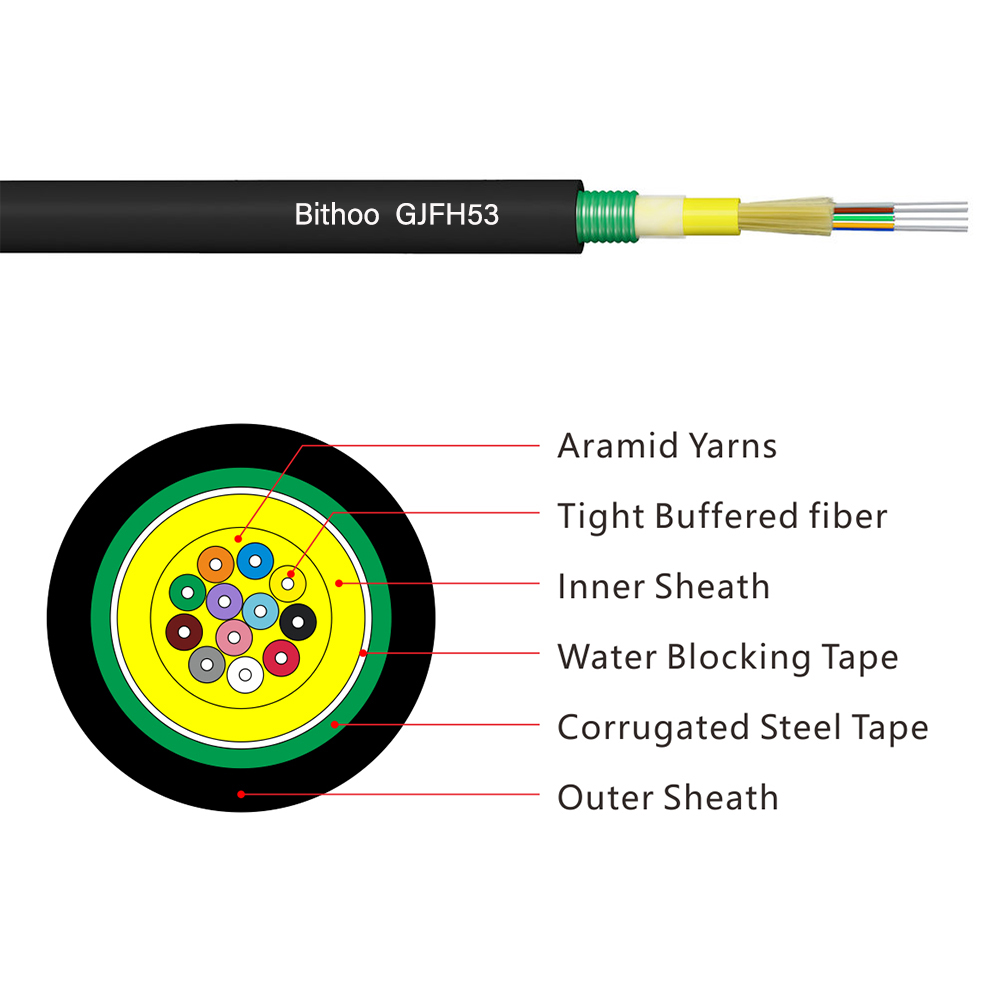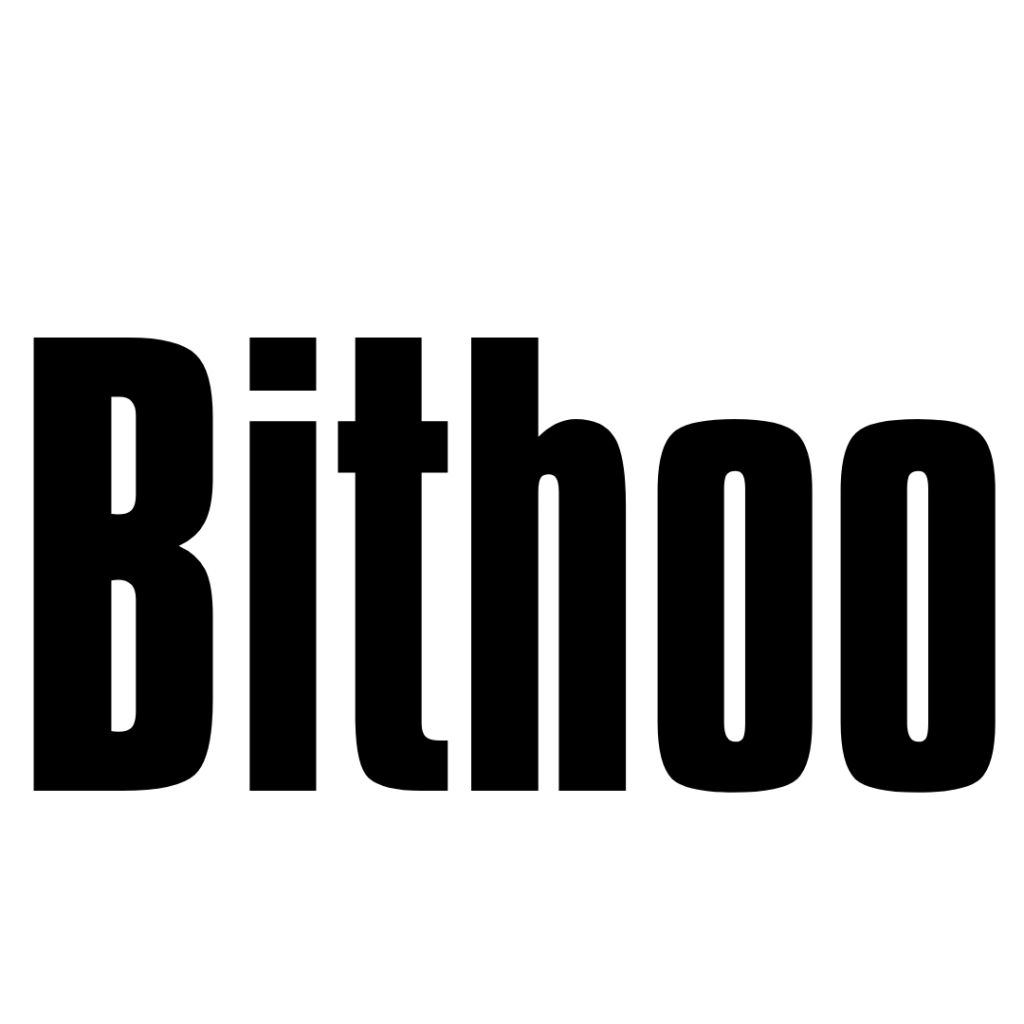Conventional communication fiber optic cables have a wide variety of structures. But what fiber optic cable is suitable for laying underground, what kind of communication fiber optic cable structure to choose and what construction matters do we need to pay attention to during the laying process. We share it with you in this article.

Differentiation of Fiber Optic Cable Types
If fiber optic cables are distinguished according to the type of laying, we can roughly divide them into 4 categories. Indoor construction and laying, outdoor construction and laying, overhead construction and laying, and home laying of optical fiber cables.
Compared with fiber optic cables laid underground, we may face two construction situations: indoor laying and outdoor laying. At the same time, in the case of underground laying, it is necessary to consider whether it is necessary to pass through the pipeline or lay directly without any protected pipeline.
Compared with indoor laying, the structure types of indoor fiber optic cables that can be provided to us are probably GJFJV, GJSFJV, GJFV, GJFJH53, GJFJHV, and GJPFJV, etc.
If it is laid outdoors, there are many types of outdoor fiber optic cable structures that can be provided to us, such as GYTA, GYTS, GYTA53, GYTY53, and GYFTY, and so on.
So, the question is, since there are so many types of fiber optic cables available indoors and outdoors, how do we design a structure that suits our use case?
What fiber optic cables are suitable for indoor underground laying?
We mentioned just now that so many types of optical cables are suitable for indoor and underground laying. So what design ideas should we choose from?
First of all, we have to consider the wiring according to the indoor wiring. If the fiber optic cable has to pass through a conduit with a large bending angle or a large number of corners. Our suggestion is to choose indoor fiber optic cables without armor, such as GJFJV, and GJFV, which are smaller in size and lighter in weight than bending fiber optic cables. The optical cables of these two structures have low cost and good bending resistance. GJFJHV and GJPFJV are more ideal choices if it is necessary to consider that there are many optical fiber resources required and the optical cable needs to be connected or branched. Fiber optic cables with these two structures are also more used in data centers as the primary choice for backbone fiber optic cables.
Then the type without armor is introduced. What fiber optic cables are laid indoors, and the ones with armor? Of course, GJSFJV, and GJFJH53 optical fiber cables of these two structures can be provided for us to choose from. If considering the actual laying situation, the ground will bear heavy weight, we recommend you choose GJFJH53. It is an indoor armored optical cable made of steel tape, and the outer sheath is also made of PVC material with higher hardness. Compared with the structure of GJSFJV, it has better protection performance. Of course, its cost is higher.

What fiber optic cables are suitable for outdoor underground laying?
Compared with the indoor laying situation, if we lay it outdoors, we are more faced with the problem of bearing gravity. If there is a special laying pipeline or the load-bearing factor is relatively small, GYTS and GYTA are relatively low-cost options. Among them, GYTA, and GYFTY are more suitable for co-laying with electrical signal transmission lines, while the hardness of GYTS is higher than that of GYTA.
What fiber optic cable is suitable for direct laying or better load-bearing performance? That is GYTA53 and GYTY53. They all have two layers of armor protection. In terms of bendability, the performance of GYTA53 will have a little advantage over GYTY53, but GYTY53 will have a higher hardness.

So, what fiber optic cable can be laid both indoors and outdoors, and at a lower cost? If the construction situation is simple and the budget is relatively limited, the GYXTW structure is a very good choice. Because of its small size, lightweight, and low production cost, it is a very good choice. But it’s not without drawbacks, perhaps the only downside is that it can only hold 12 cores.

